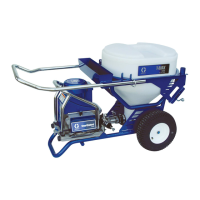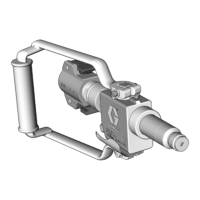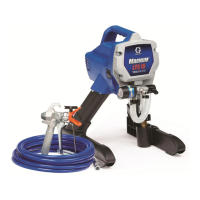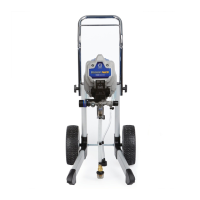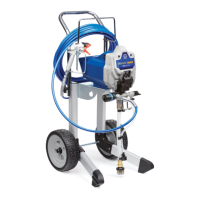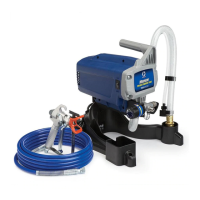7309977
Troubleshooting
MOTOR WON’T OPERATE (Continued)
TYPE OF PROBLEM
WHAT TO CHECK
If check is OK, go to next check
WHAT TO DO
When check is not OK refer to this column
Basic Electrical Problems
(continued)
5. That motor leads are securely fastened and
properly mated.
5. Replace loose terminals; crimp to leads. Be
sure terminals are firmly connected.
Clean circuit board terminals. Securely re-
connect leads.
6. For loose motor brush lead connections and ter-
minals. See page 11.
6. Tighten terminal screws. Replace brushes if
leads are damaged. See page 11.
7. Brush length which must be 1/4 in. minimum.
See page 11.
NOTE: Brushes do not wear at the same rate on
both sides of motor. Check both brushes.
7. Replace brushes. See page 11.
8. For broken or misaligned motor brush springs.
Spring must rest squarely on top of brush. See
page 11.
8. Replace brush if spring is broken.
See page 11.
9. Motor brushes may be binding in brush holders.
See page 11.
9. Clean brush holders. Remove carbon with
small cleaning brush. Align brush leads with
slot in brush holder to assure free vertical
brush movement.
10.Motor armature commutator for burn spots,
gouges and extreme roughness.
See page 11.
10.Remove motor and have motor shop resur-
face commutator if possible. See page 13.
11. Motor armature for shorts using armature tester
(growler) or perform spin test. See page 11.
11. Replace motor. See page 13.
Refer to wiring diagram on
page 27 to identify test
points (TP).
1. Power supply cord. Connect volt meter be-
tween TP1 (L1, 240 Vac) and TP2 (L2, Neutral).
Plug in sprayer. Meter must read:
210–255 Vac for 220–240 Vac models;
85–130 Vac for 100–120 Vac models.
Unplug sprayer.
1. Replace power supply cord.
2. Motor thermal cutoff switch. Turn sprayer OFF.
Check for continuity between TO1 and TO2 with
ohmmeter.
2. If thermal switch is open (no continuity), allow
motor to cool. If switch remains open after
motor cools, replace motor. If thermal switch
closes after motor cools, correct cause of
overheating.
3. All terminals for damage or loose fit. 3. Replace damaged terminals and reconnect
securely.
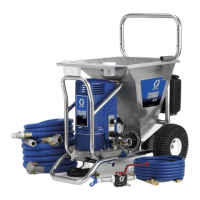
